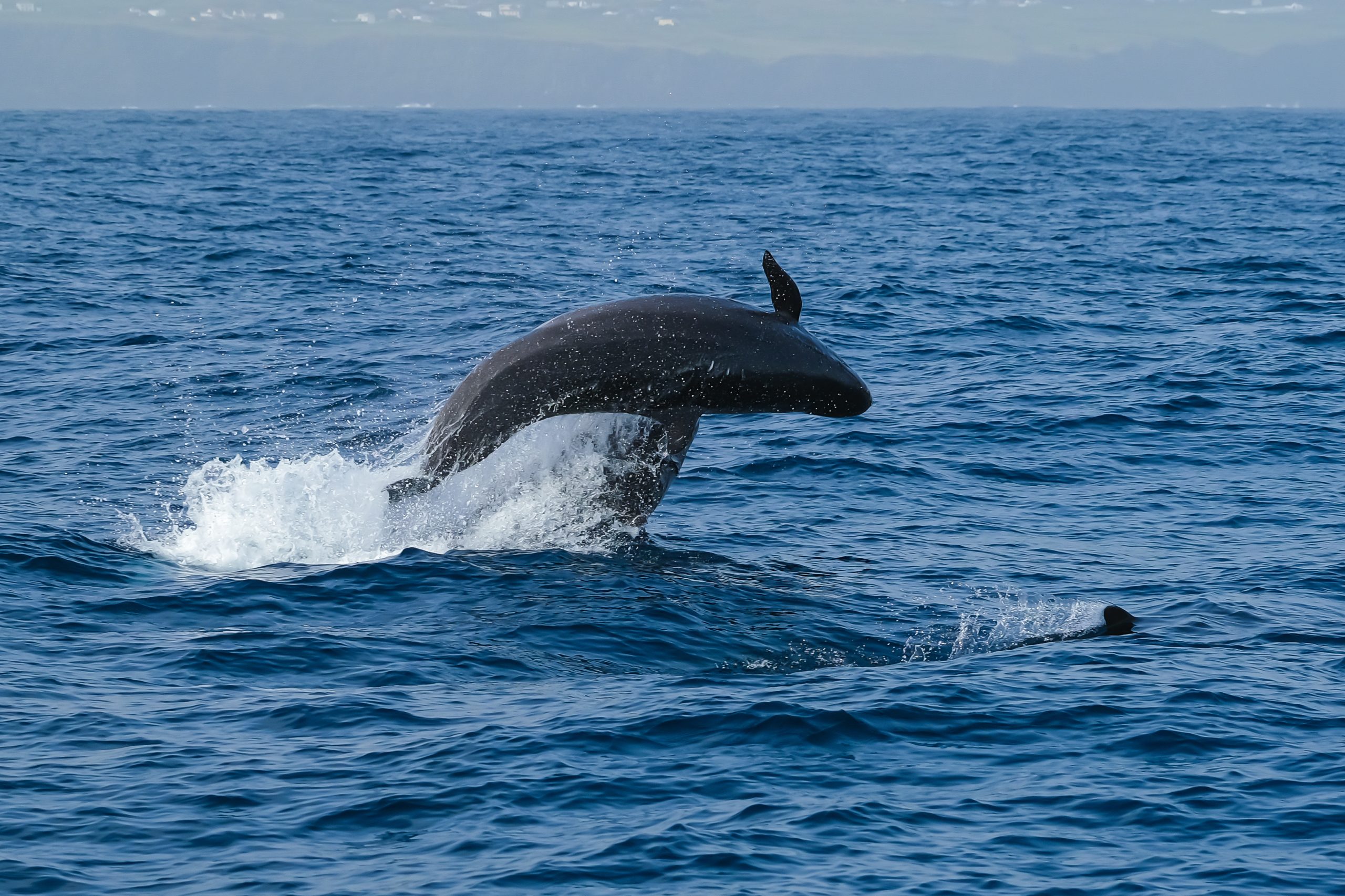Raw untreated sewage mixed with storm water is being discharged into the Brisbane River, sometimes up to tens of megalitres a month.
The heart of the problem is a crucial under-river sewerage tunnel renewal project by Urban Utilities.
A complication with the works about 18 months ago means the system is being overwhelmed in heavy rain.
READ MORE: Father and two kids among four killed in horror head-on crash in Queensland
To relieve that pressure, sewage is dumped into the river near Colmslie Beach Reserve at Morningside.
“If we’re not doing that then it would flow back into our network and present in people’s homes or even their backyards,” Urban Utilities chief executive Paul Arnold said.
After the downpour in Cyclone Alfred, 9News asked Urban Utilities exactly how much sewage was being dumped.
The organisation couldn’t give a number, but 9News can now reveal about 540 megalitres has been discharged in 18 months, the equivalent of about 216 Olympic-sized swimming pools.
“The amount of waste within that flow is really quite small and very difficult to calculate,” Arnold said.
“The quantities reflect a calculation of duration and the frequencies but what’s important for the community is they’re aware of when the releases occur and that they’re advised of the condition of the river during that period.”
READ MORE: Millions of Aussies just days away from having their debt slashed
There is no indication when the works will be completed so the outflows can stop.
Adam Bowden from Stop Raw Sewage into Brisbane Rivers and Creeks said residents have a right to expect better.
“We want people to come to Brisbane and see a beautiful [river],” Bowden said.
“If we continue on the path that we’re going, we’re not going to see that.”
Queensland University of Technology’s Dr Luke Shi said for large rivers such as the Brisbane River, the waterway “can actually handle a certain amount of that”.
“But very importantly, we have to bear in mind is what level of interactions we have during that peak flow period,” Shi said.
Brisbane City Council monitors levels of dangerous Enterococci bacteria at points along the river.
A reading of 500 indicates there may be “a significant risk of high levels of illness transmission”.
Readings at Colmslie after the cyclone were more than three times that level when the sewage outflow was at its highest.
However no department will draw the correlation between the two.
DOWNLOAD THE 9NEWS APP: Stay across all the latest in breaking news, sport, politics and the weather via our news app and get notifications sent straight to your smartphone. Available on the Apple App Store and Google Play.
